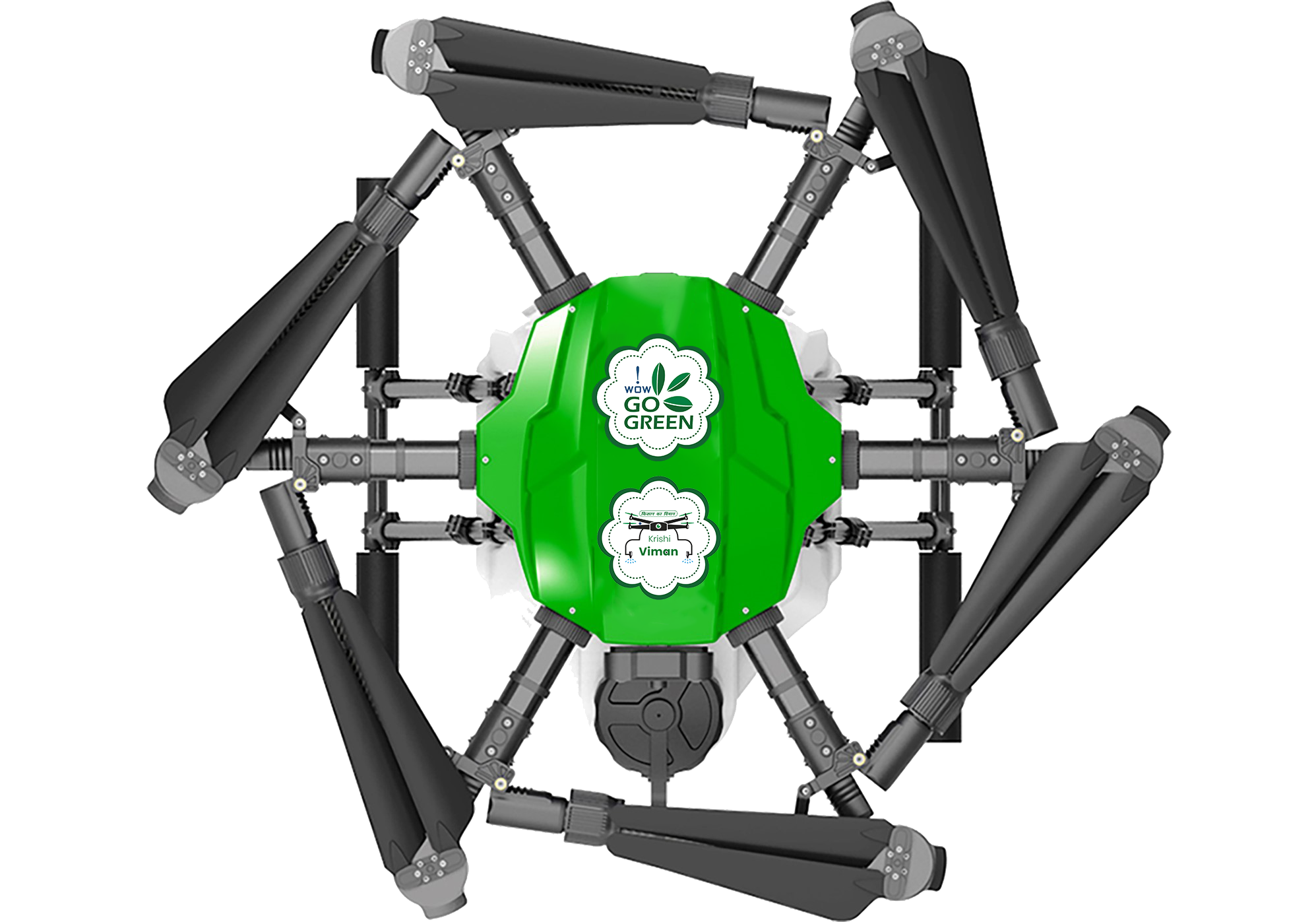Navigating the Harvest: The Benefits of Drones in Crop Monitoring and Analysis
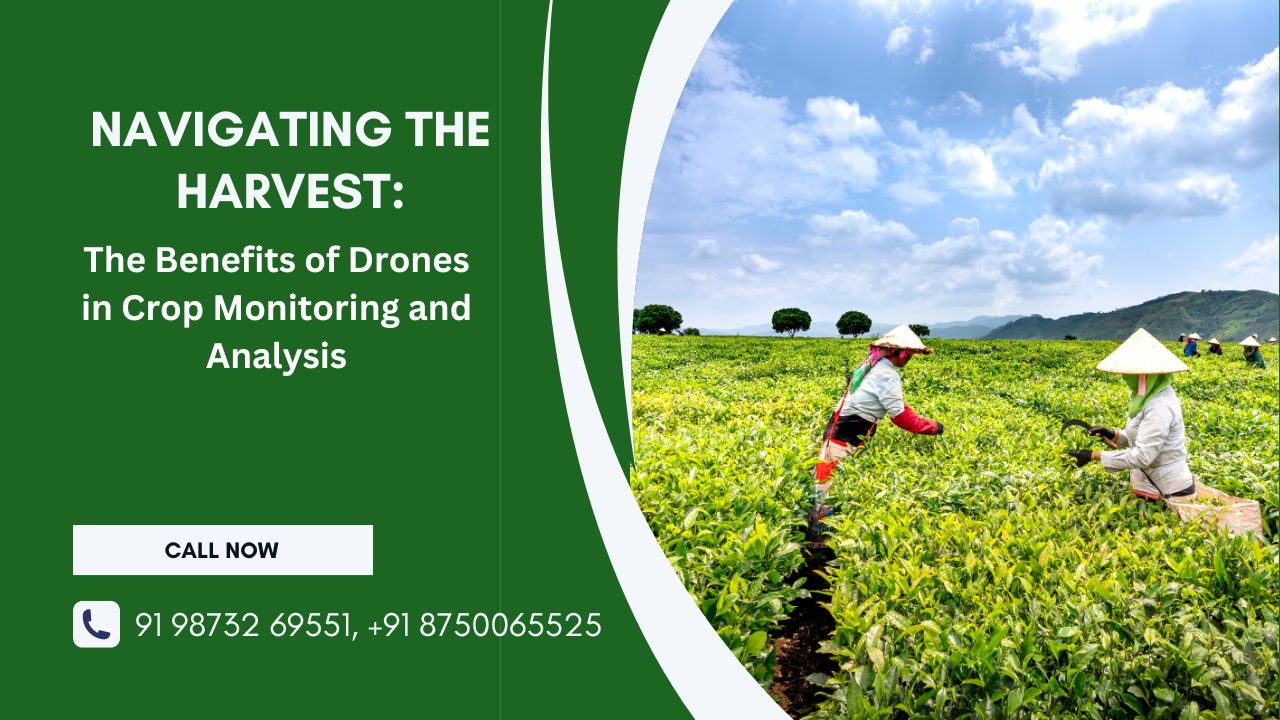
- By: krishiviman /
- 10-04-2024
Drones have become an essential tool in modern agriculture, revolutionizing crop monitoring and analysis. With their ability to capture high-resolution images and employ spectral analysis, drones provide unparalleled insights into crop health, enabling farmers to make informed decisions and optimize their practices.
One of the primary benefits of using drones in agriculture is their ability to capture high-resolution images and employ spectral analysis. By capturing images beyond what the human eye can perceive, drones reveal a hidden world of plant health indicators. These indicators include variations in chlorophyll content, water stress levels, and nutrient absorption, which help farmers identify stressed plants, nutrient deficiencies, and early signs of diseases before they become visible to the naked eye.
Drones also provide farmers with real-time data, allowing them to monitor crop health and detect potential issues early. This is particularly important in large-scale farming, where monitoring crops manually can be time-consuming and inefficient. By using drones, farmers can cover large areas quickly and easily, detecting potential issues before they become major problems
In addition to crop monitoring, drones can also be used for irrigation mapping and livestock management. By using drones to monitor soil moisture levels, farmers can optimize their irrigation practices, reducing water waste and improving crop yields. Drones can also be used to monitor livestock, allowing farmers to track the health and movement of their animals
The use of drones in agriculture is not limited to large-scale farming. Small farms can also benefit from the use of drones, as they can assist farmers in maximizing resource consumption, cutting expenses, and improving agricultural yields. Drones can help small farmers monitor crop health, detect pests and diseases early, and optimize their irrigation practices, leading to increased yields and profitability
However, there are challenges to implementing drones on farms, including regulatory compliance, upfront procurement and training expenses, and the need for data processing and analysis tools.
Despite these challenges, the benefits of using drones in agriculture are significant, and the technology is expected to continue to evolve and improve in the coming years
In conclusion, drones have revolutionized crop monitoring and analysis in agriculture, providing farmers with real-time data and insights into crop health. By using drones, farmers can optimize their practices, reduce water waste, and improve crop yields, leading to increased profitability and sustainability. As the technology continues to evolve, it is likely that we will see even more innovative uses for drones in agriculture, further transforming the way we approach traditional farming challenges.
Ready to revolutionize your farming practices with agricultural drones? Contact us today at +91 98732 69551 or +91 8750065525, or email us at sales@krishiviman.com to learn how Krishiviman can help elevate your agricultural operations.
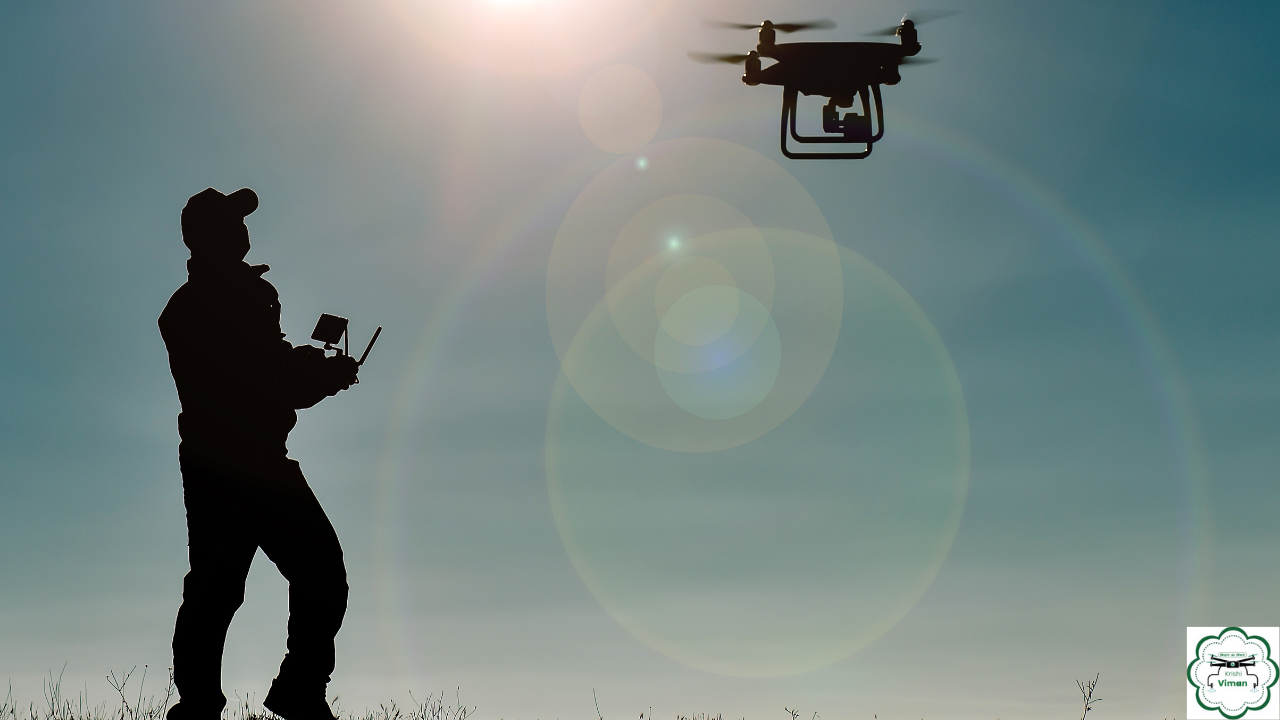
Revolutionizing Farming Practices: The Rise of Agricultural Krishi Viman for Spray Purpose
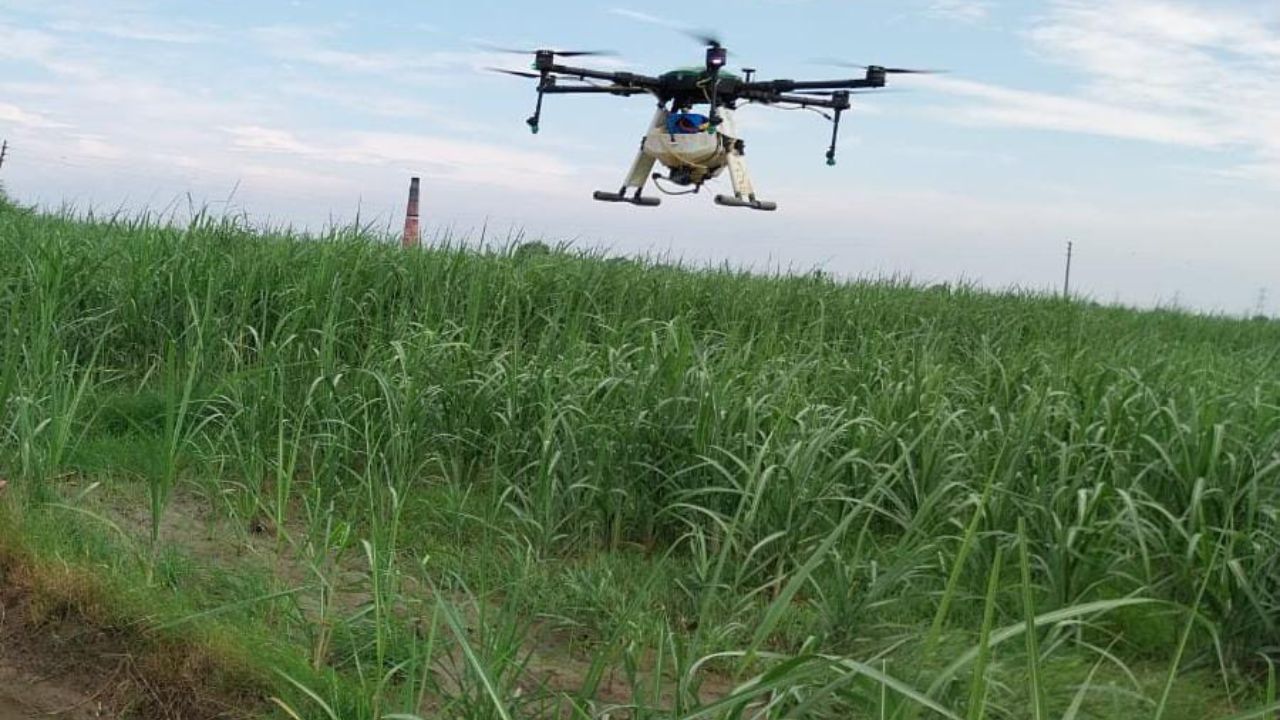
Enhancing Farming Efficiency: Mapping and Surveillance with Agricultural Spraying Drones
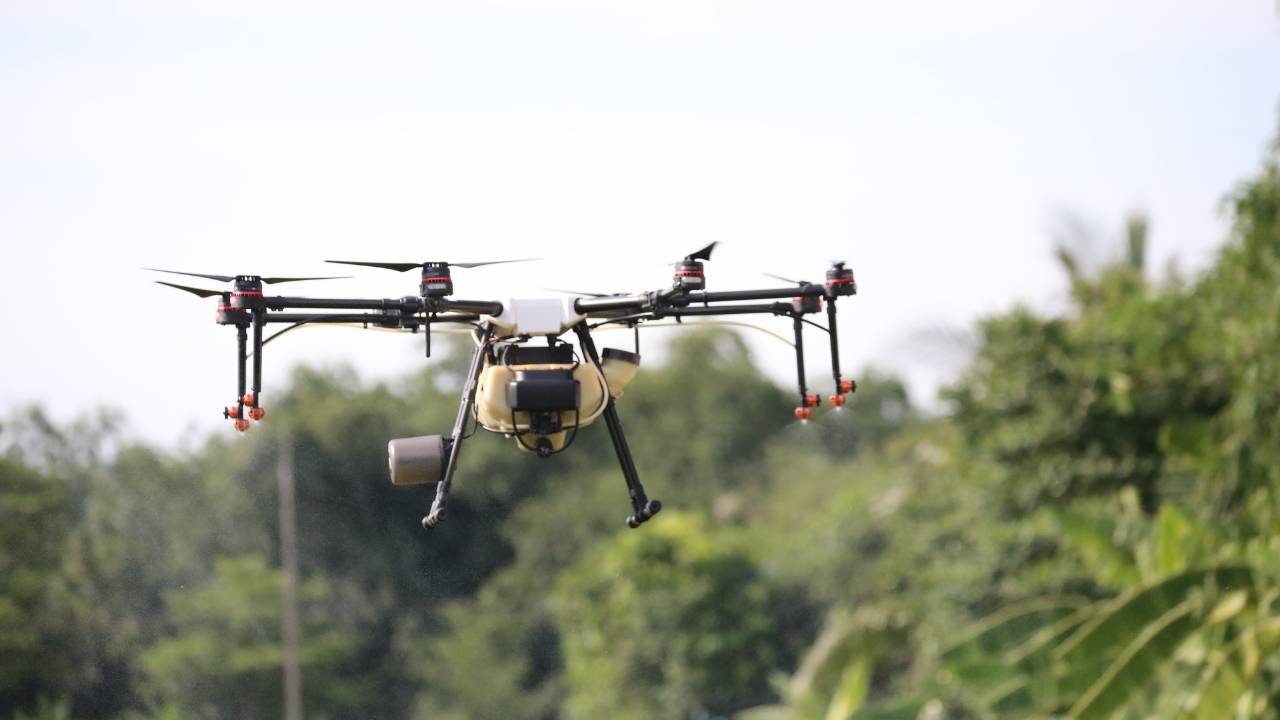
Addressing the Real Concerns of Drone Use in Indian Agriculture
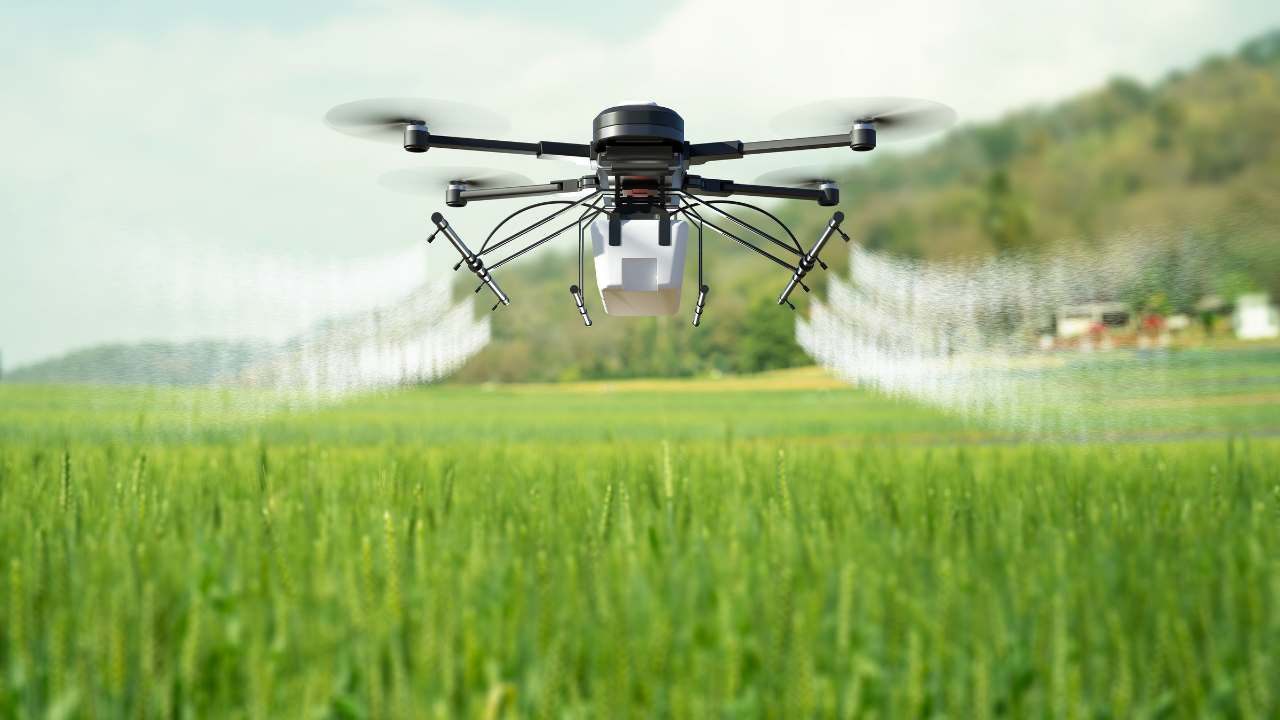
Revolutionizing Agriculture: The Journey of Indian Farmers Embracing Drone Technology
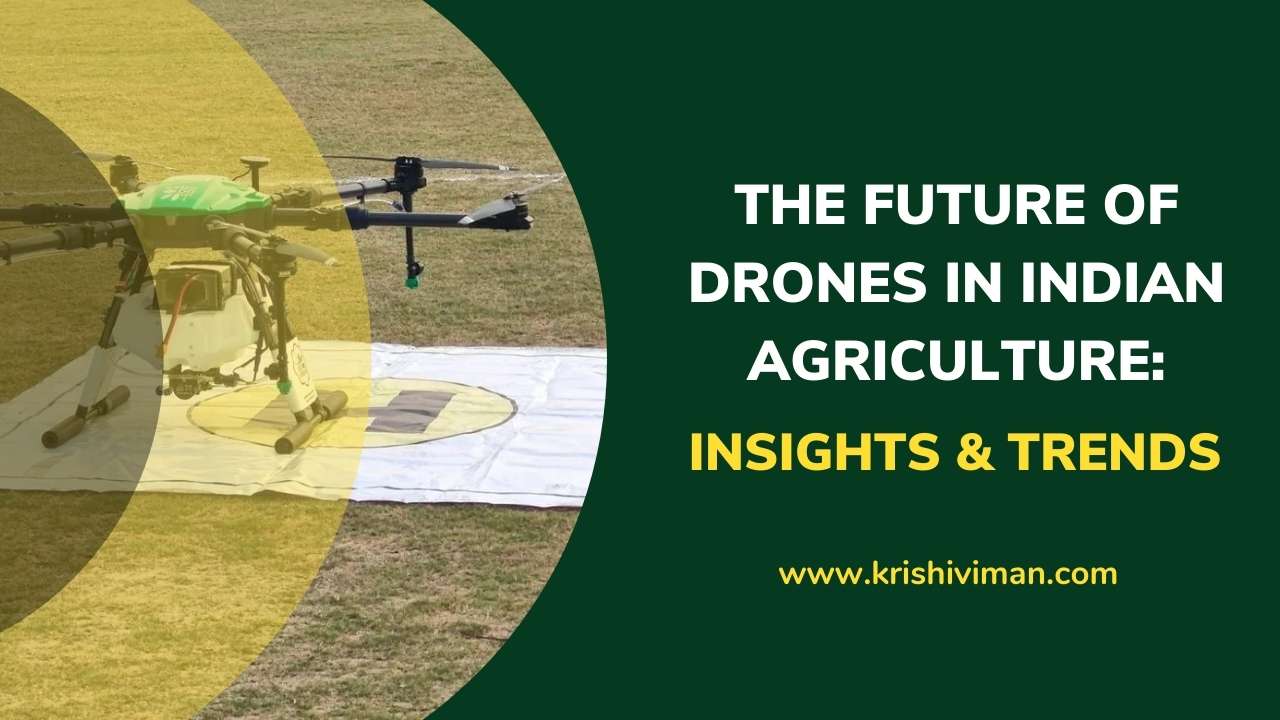
What is the future of drones in Indian agriculture?
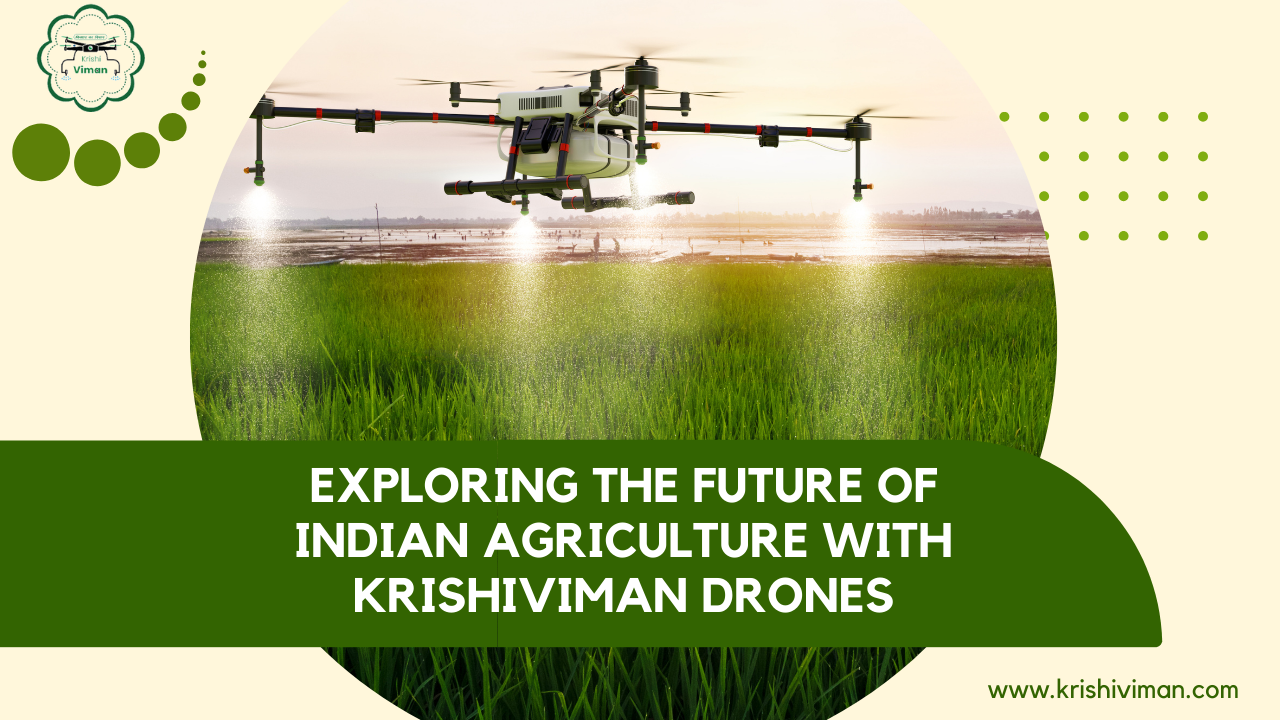
How Drones Could Be the Future of Indian Farming: A Deep Dive into Krishiviman's Innovations
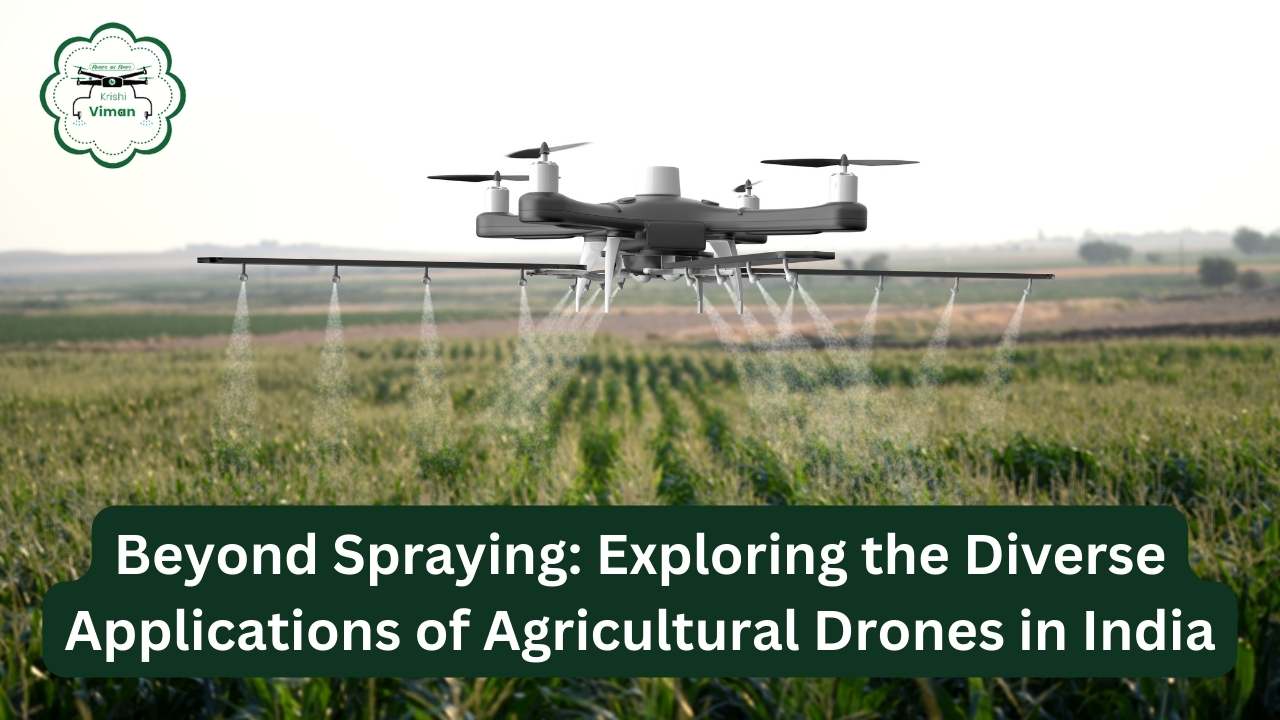
Beyond Spraying: Exploring the Diverse Applications of Agricultural Drones in India
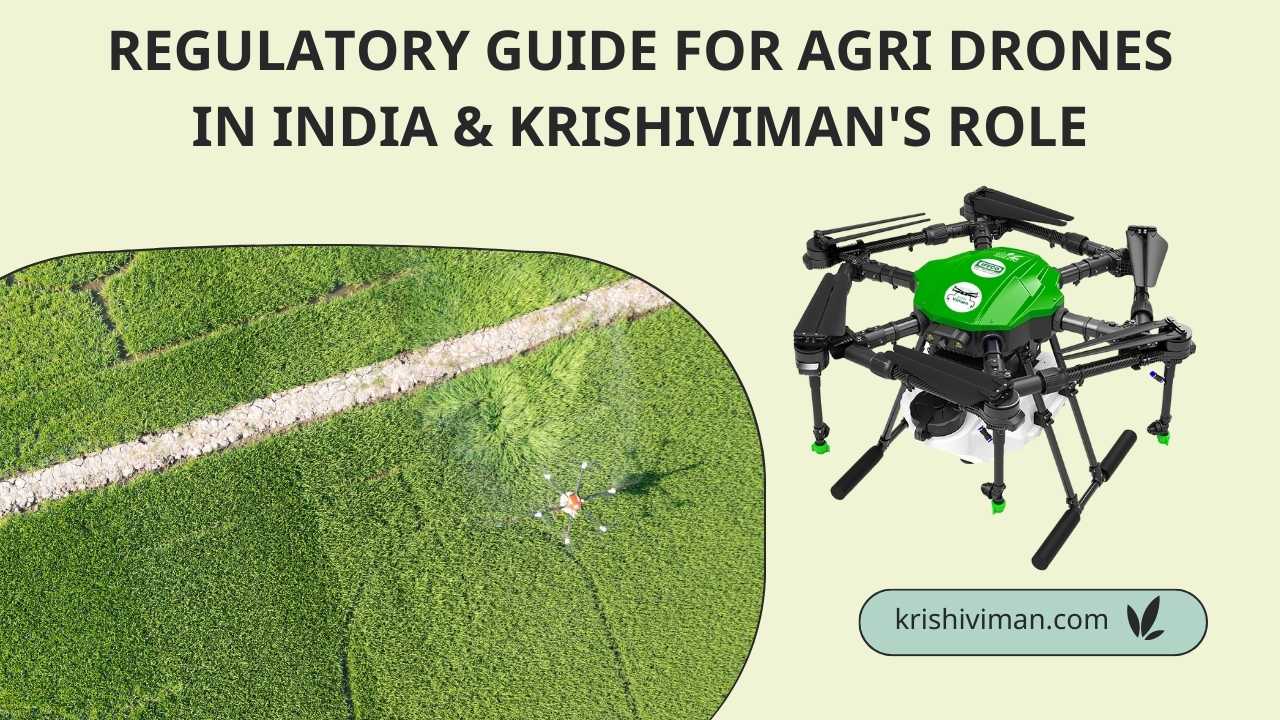
Regulatory Guide for Agri Drones in India & Krishiviman's Role
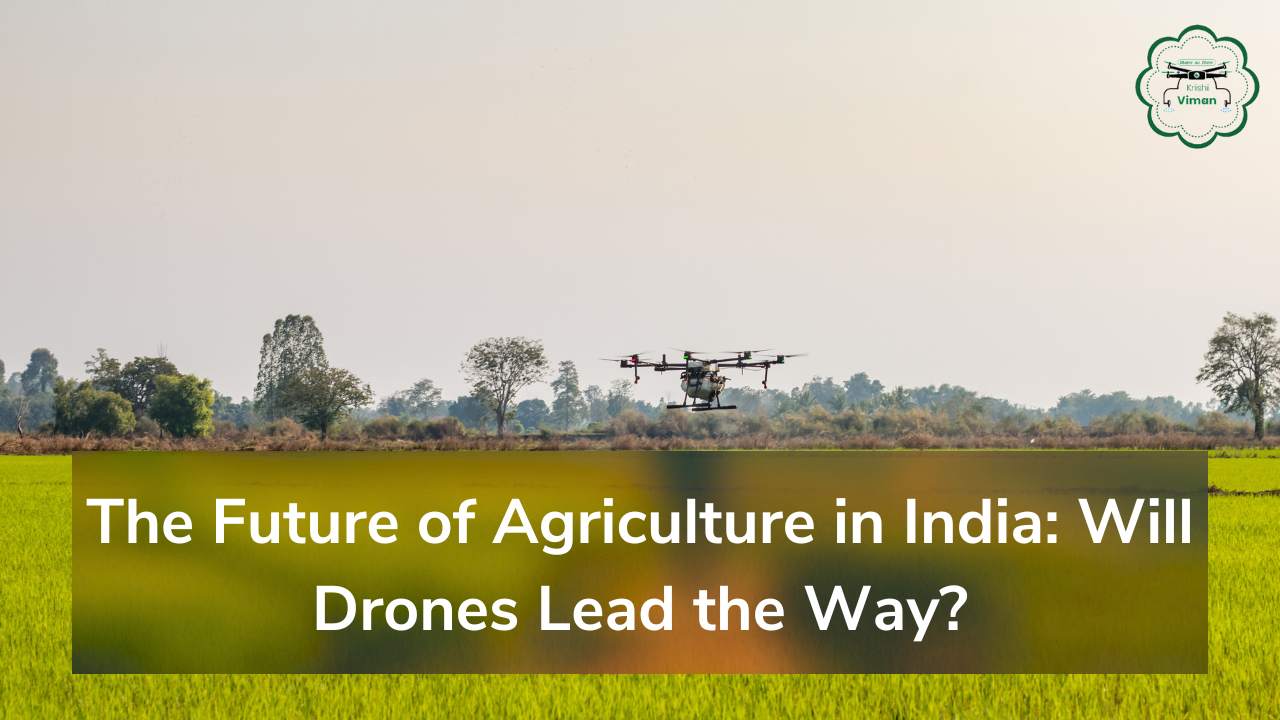
The Future of Agriculture in India: Will Drones Lead the Way?
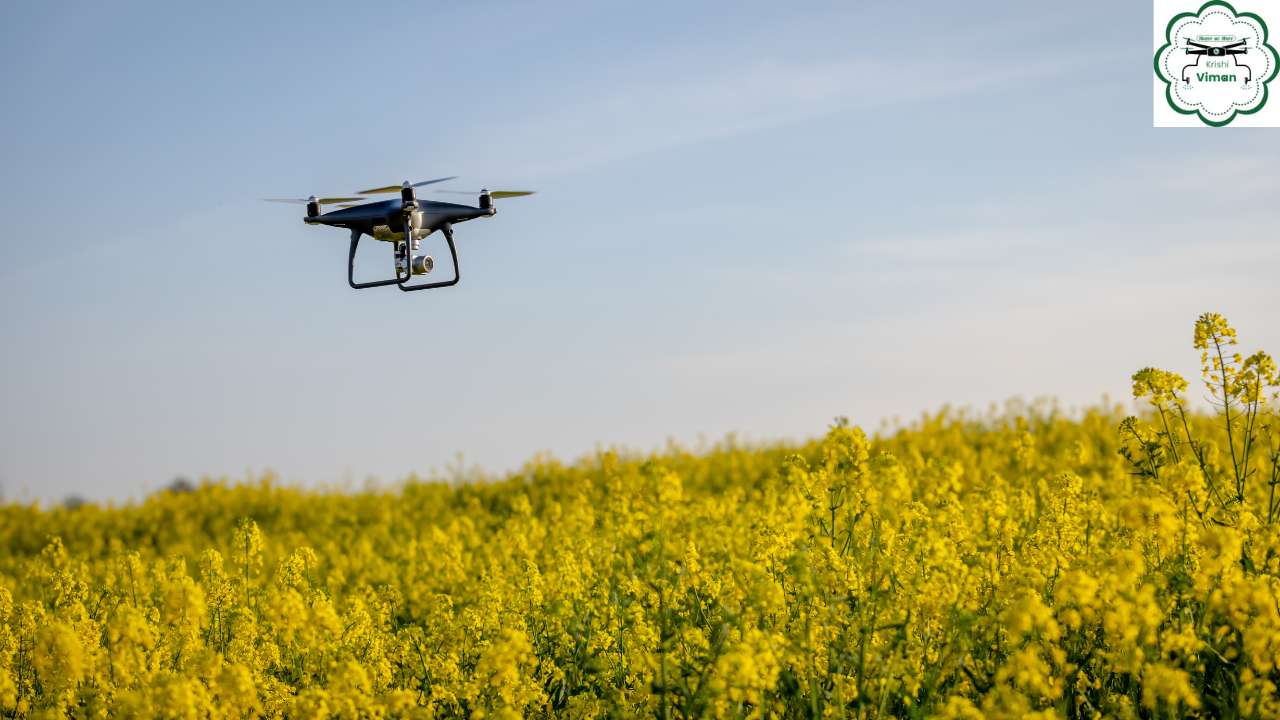
Pioneering Agri Drone Innovation in India Introduction to WOW Go Green LLP
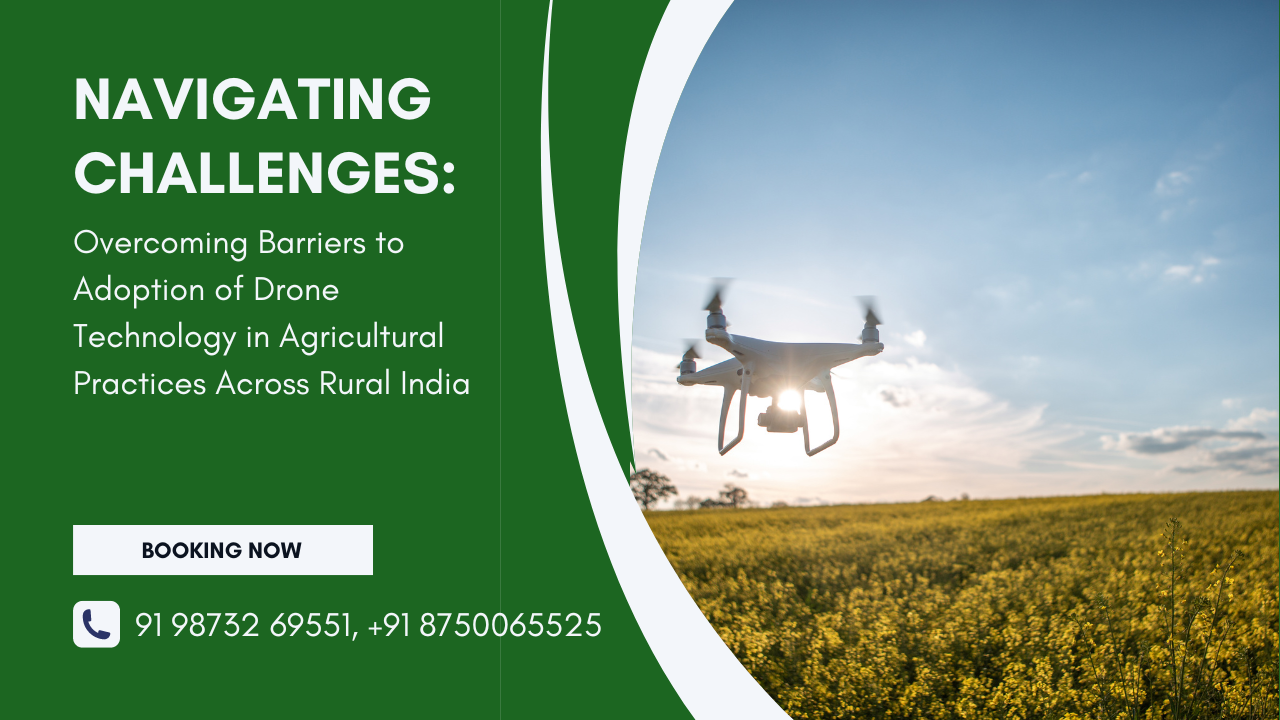
Navigating Challenges: Overcoming Barriers to Adoption of Drone Technology in Agricultural Practices Across Rural India
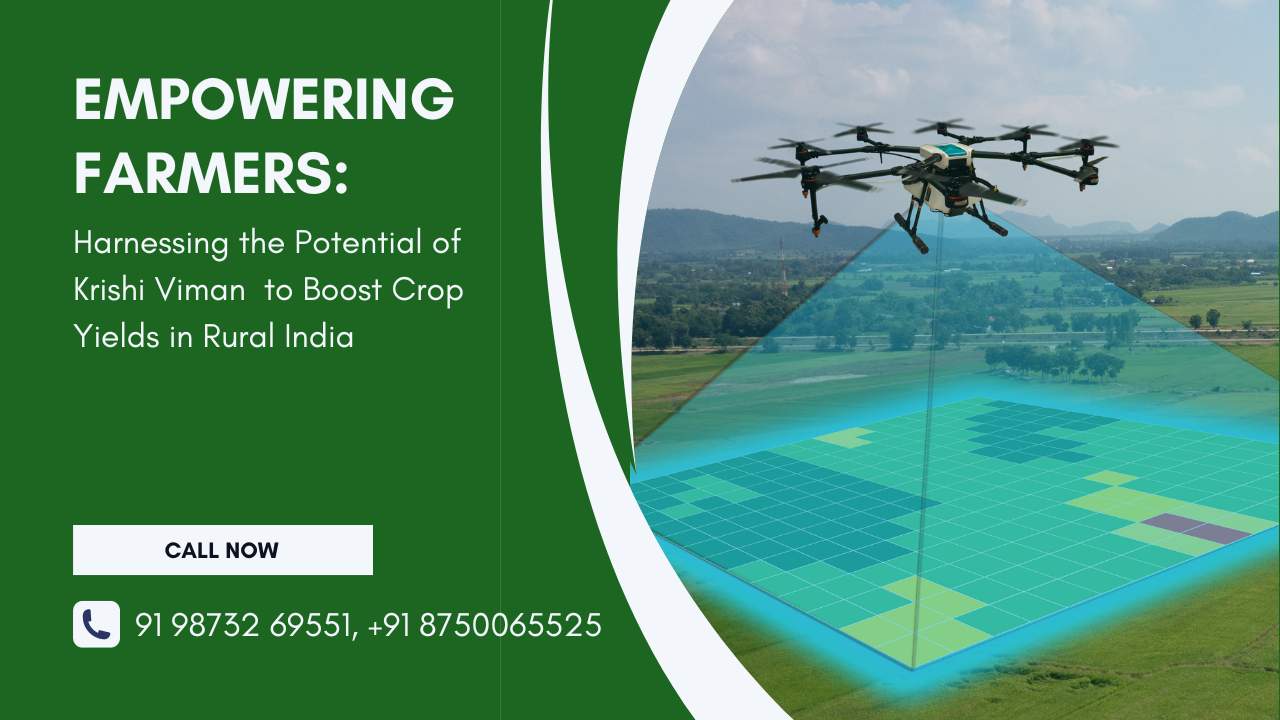
Empowering Farmers: Harnessing the Potential of Krishi Viman to Boost Crop Yields in Rural India
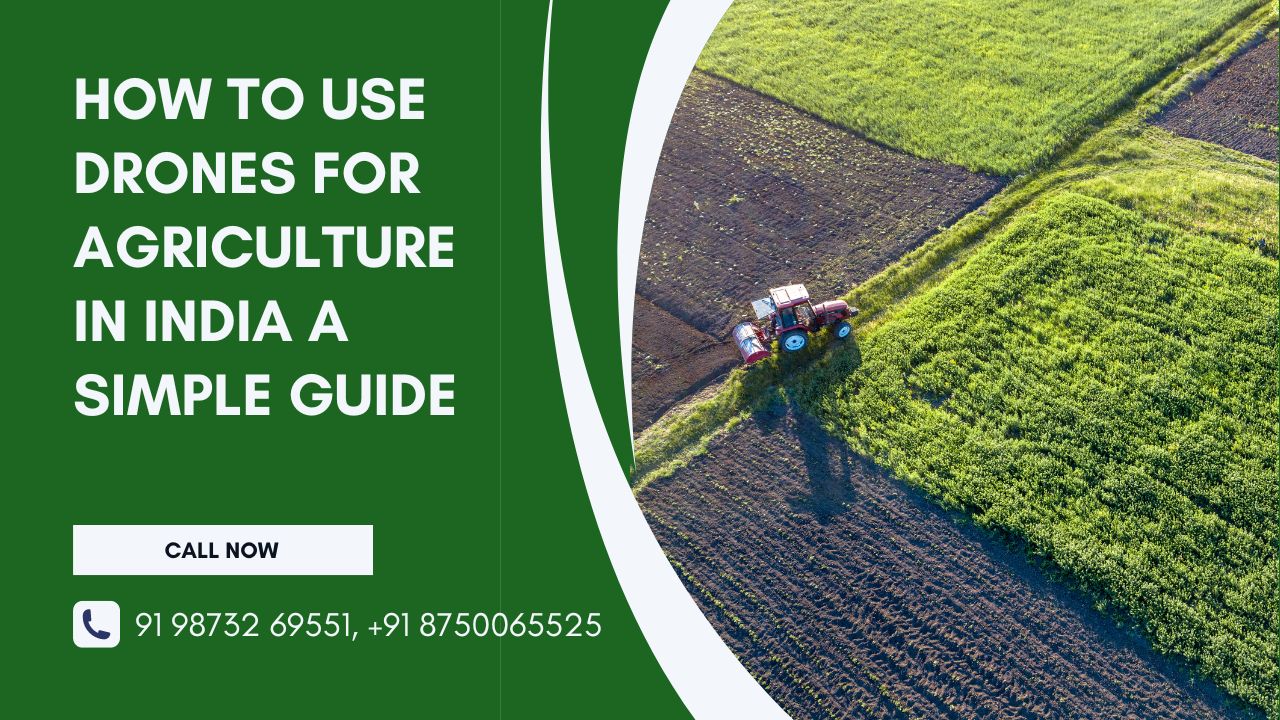
How to Use Drones for Agriculture in India: A Simple Guide
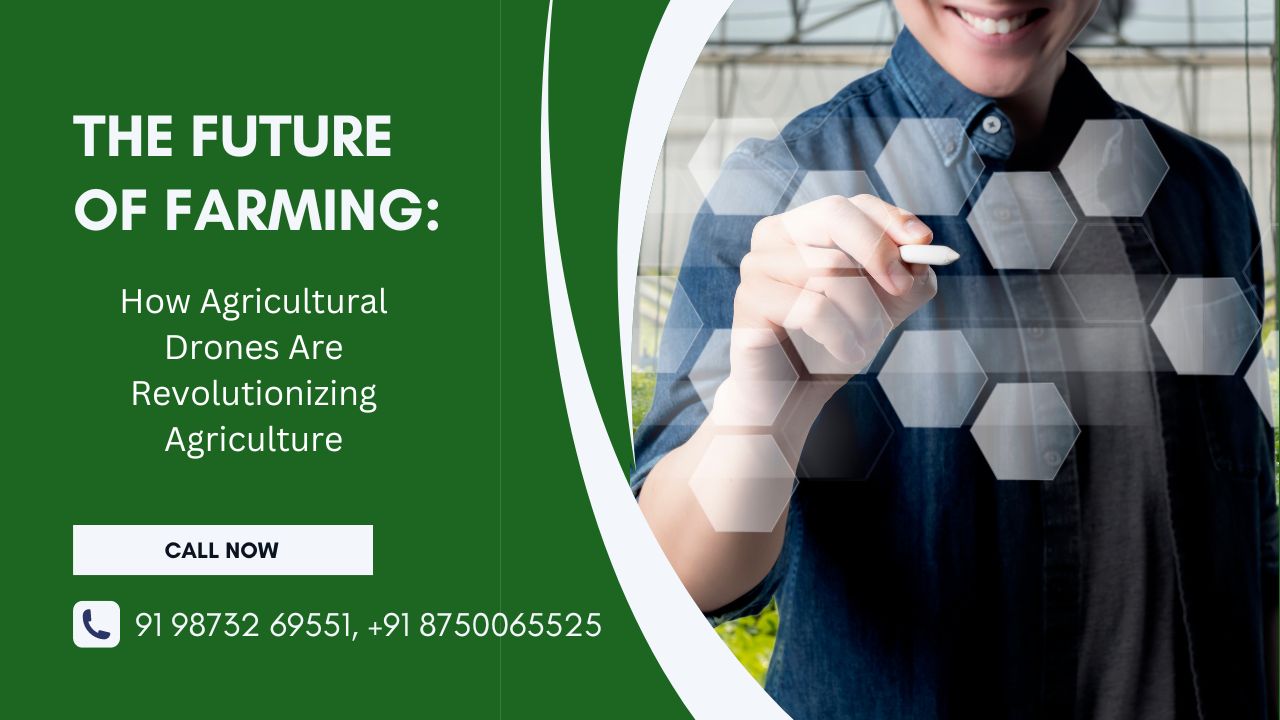
The Future of Farming: How Agricultural Drones Are Revolutionizing Agriculture
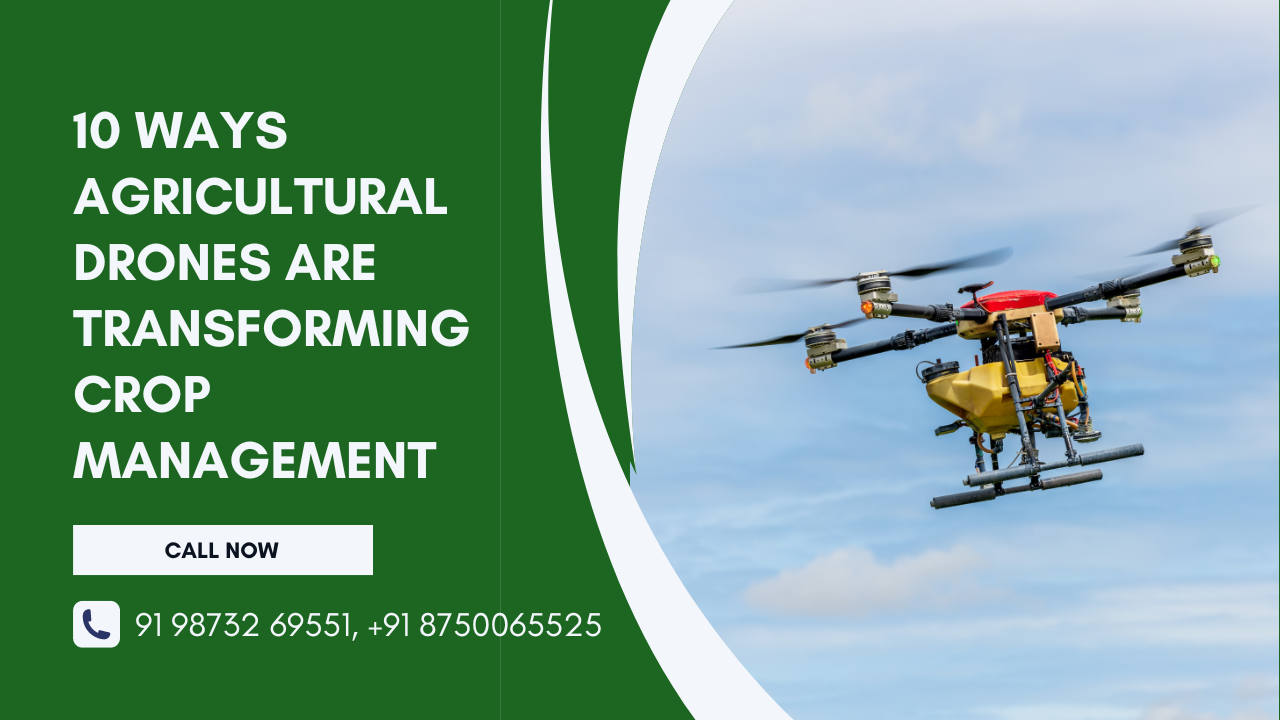
10 Ways Agricultural Drones Are Transforming Crop Management
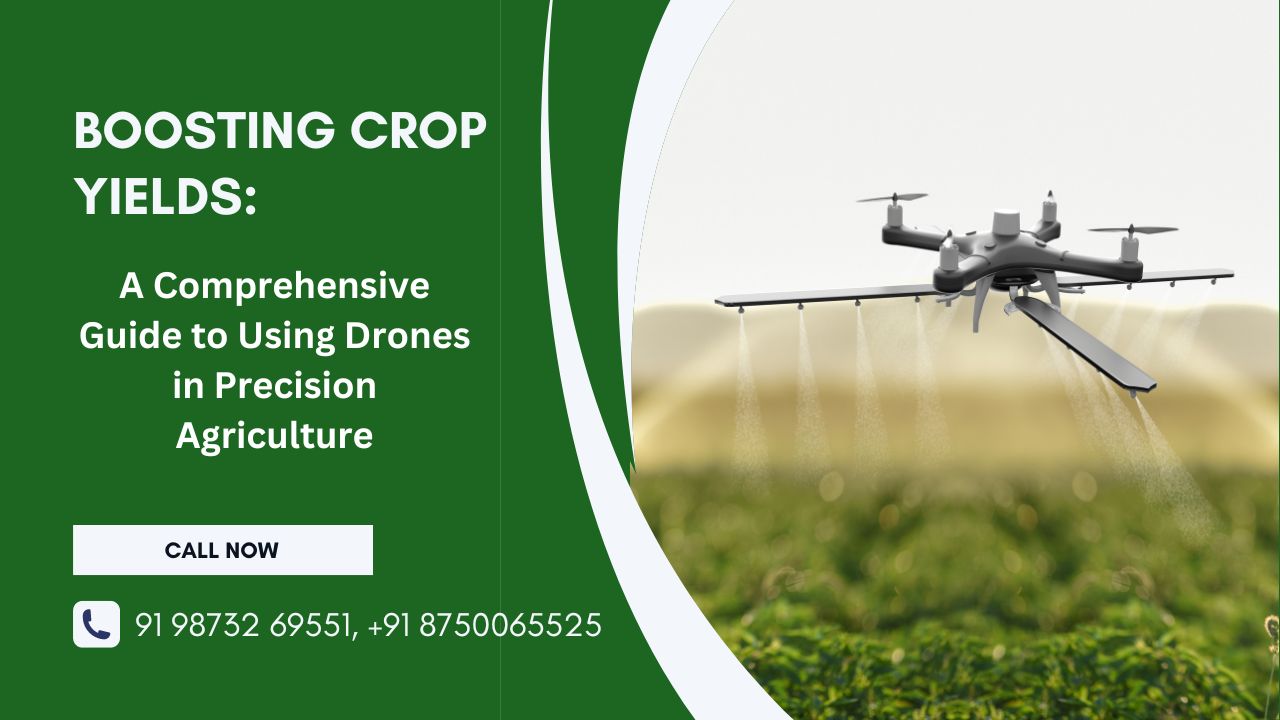
Boosting Crop Yields: A Comprehensive Guide to Using Drones in Precision Agriculture
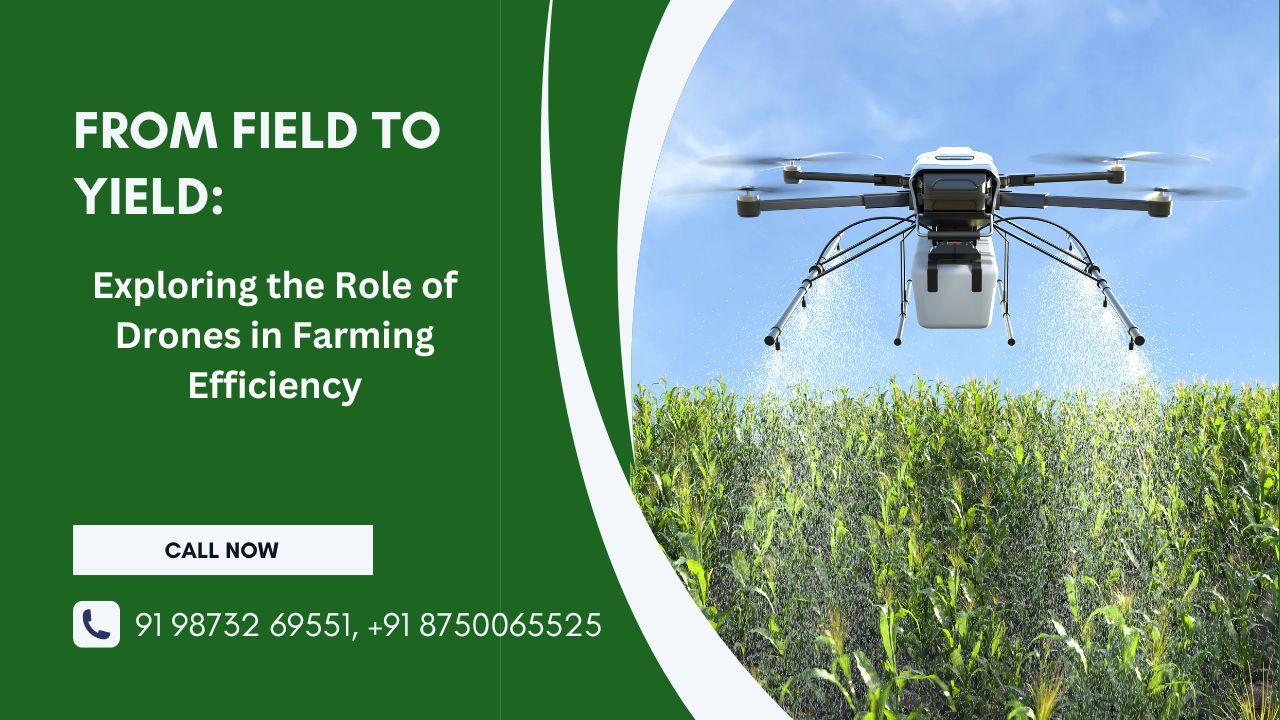
From Field to Yield: Exploring the Role of Drones in Farming Efficiency
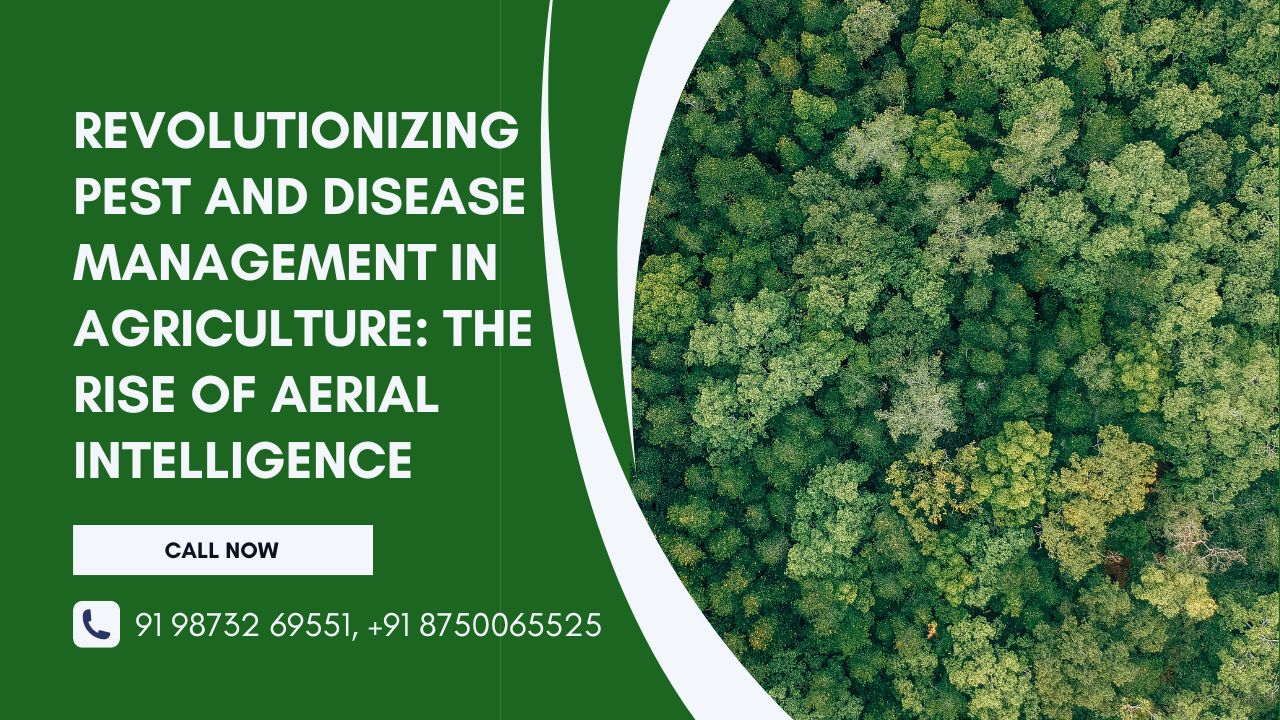
Revolutionizing Pest and Disease Management in Agriculture: The Rise of Aerial Intelligence
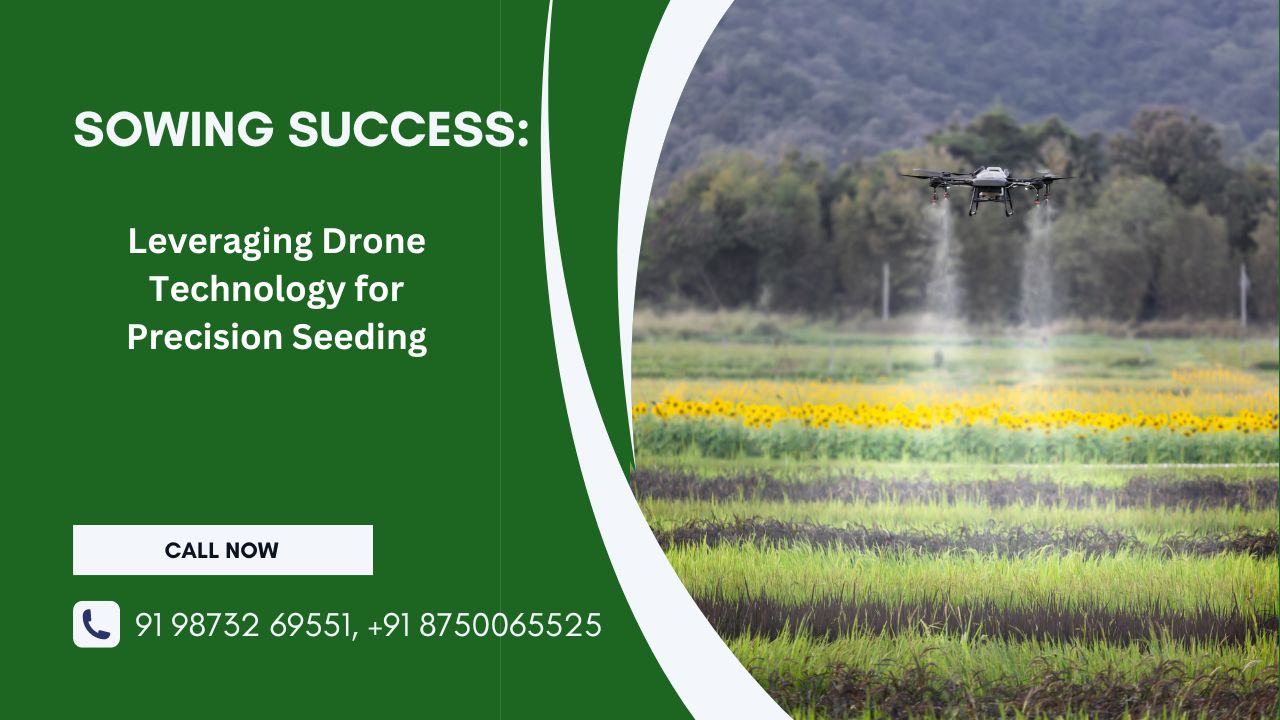
Sowing Success: Leveraging Drone Technology for Precision Seeding


